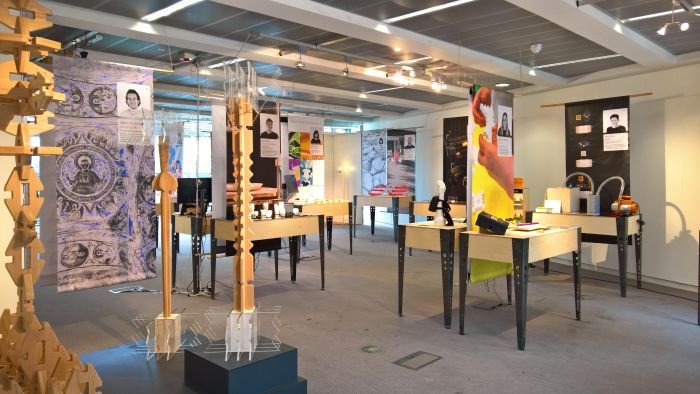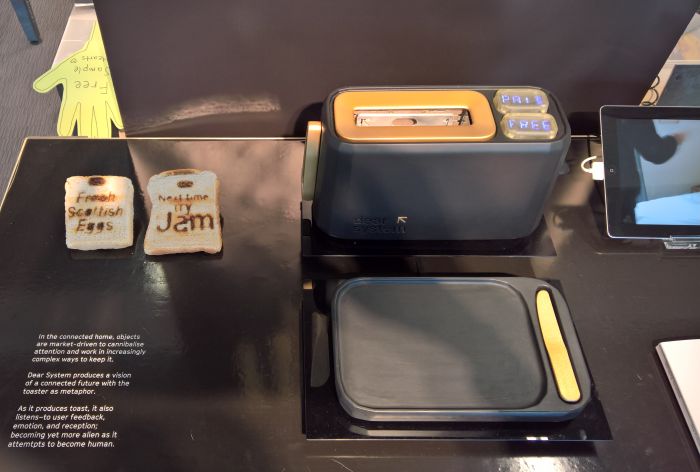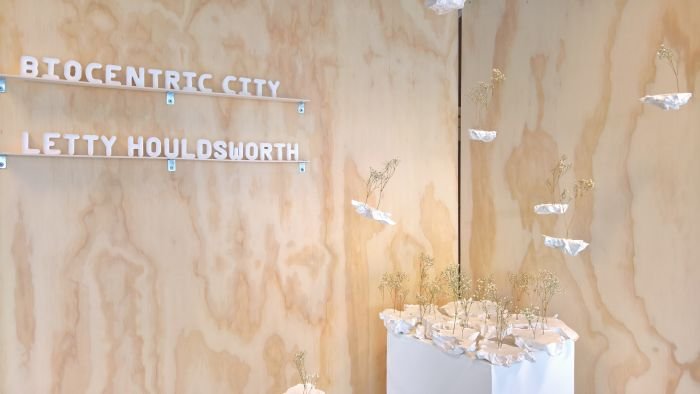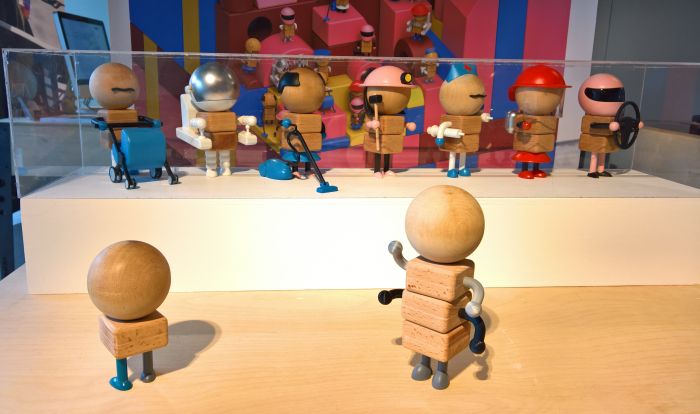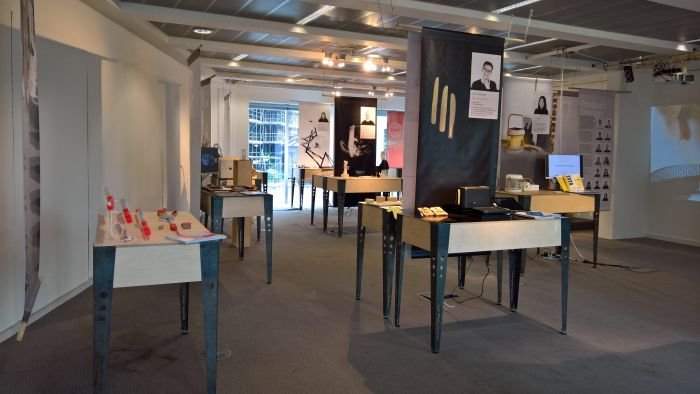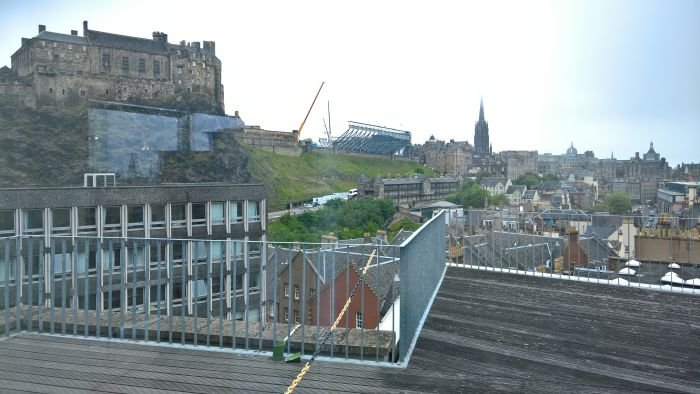The Proclaimers may have rightly celebrated the virtues of the Sunshine on Leith, but on the day we visited the 2018 Degree Show at Edinburgh College of Art's School of Design the city was very much in the grip of a North Sea haar which had drifted, unhelpfully, up the Firth of Forth.
Or was it perchance an omen?
Would that which greeted us in the exhibition be equally as nebulous, cold and opaque........?
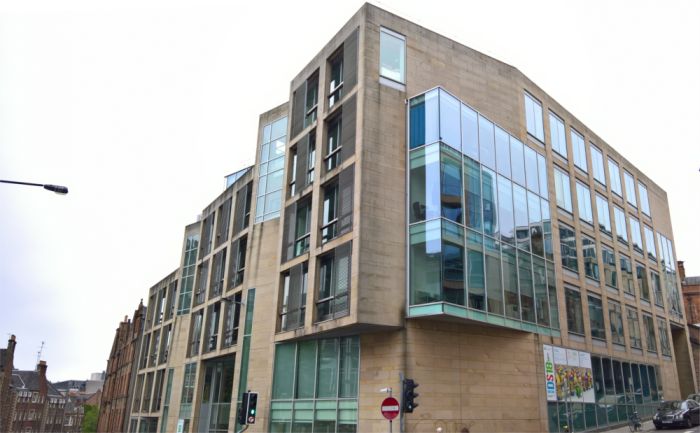
Although no strangers to Edinburgh, it has been a couple of years since we last visited an Edinburgh College of Art student showcase, the 2016 Masters Degree Show to be specific; however, that the history of the institution probably hasn't changed that much since 2016, we refer you dear reader to that post for the background information.
Staged across the institution's campus in the heart of the Scottish capital, our principle focus of the 2018 Degree Show was the School of Design exhibition on show in so-called Evolution House, a 2003 work by Reiach and Hall Architects, and which housed graduation projects from applied creative classes as diverse as, and amongst many others, Design Informatics, Glass, Product Design and Graphic Design.
The latter of which particularly grabbed our attention, presenting as it did several projects tackling contemporary social, political, cultural, technological questions; in itself not uncommon amongst graphic design students, however, generally, when graphic design students work on such they tend to place the focus on the graphic design rather than the problem at hand, developing, for example, an app, a game, a magazine with the subject as the focus, but where the the aim is to demonstrate the clarity of the design and innovation of the format. In contrast many of the projects in Edinburgh freely ignored graphic design and focussed instead on the themes, and that with a level of critical expression, social modelling and lack of focus on "classic" graphic design hallmarks that was as welcome as it was unexpected. Amongst the projects we were taking by, for example, Push by Jordan Rorrison which questioned the role/function/need for branding in a future automated shopping reality; Aethera by Lorna Pittaway which reflected on the consequences of increasing digitalisation on urban spaces; while with The Girl Who Came From Somewhere Else Helena Denis both explored contemporary ideas of "home" in a world not only full of migration but in which, arguably, more is lived and experienced virtually than in persona, and also proposed a guide to help us expand, and come to terms with, our understanding of "home".
Dragging ourselves away form the graphic design showcase the product design bachelor course resulted in couple of interesting projects including Tend by Joanna Spreadbury which explored the Scottish Blackface sheep beyond its wool/meat and investigated how the whole sheep can be exploited via contemporary approaches to traditional craft; Carrying Culture by Oscar Greig which considered the transport of objects in a dystopian future, and specifically the adaptation and refining of traditional carrying methods used by those in poorer regions and without access to mechanical vehicles/transport mechanisms, therey implicitly accepting that the rich don't automatically have the best ideas; and Q-Box by Ego Shen which explored the domestic freeze drying of food both as a consideration on future relationships to food but also as a way of reducing food wastage. Then there was Dear System by Leon Brown.
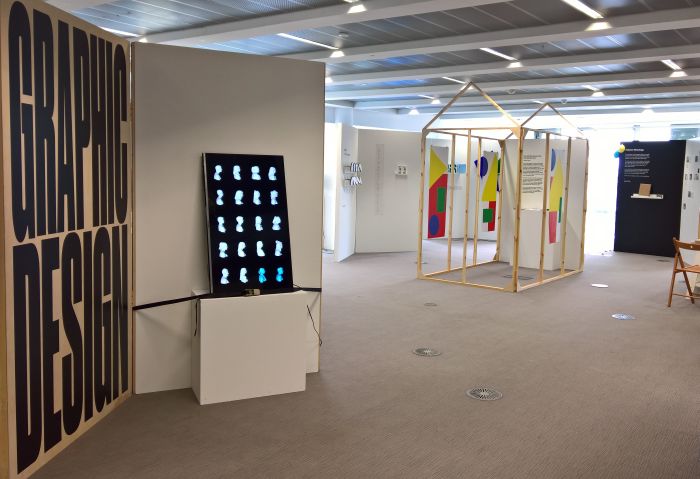
If we've understood Leon Brown's project correctly, which, and as ever with us, is never guaranteed, Dear System is an exploration of our future relationship to household goods, for all against a background of autonomous, smart objects competing for our attention, and as exemplified by the toaster.
A genuine wonder of the modern age, the electric, pop-up, toaster has been simplifying, democratising and improving breakfasts for over a century. Yet as Leon states the toaster is also "a powerful metaphor for the ubiquity of contemporary throwaway culture" Because it is so simple, it is easy to ignore and replace.
In context of his Bachelor project Leon created a range of theoretical future toasters, toasters reflective of future society, toasters reflective of future relationships between man and the objects which surround us, and toasters exemplified in the exhibition by one which offered you the option of paying for your toast or receiving free toast. That's your own domestic toast in your own domestic kitchen, by the way. The free toast coming with adverting toasted/burnt onto it.
Quite aside from the inherent reflections on the direction(s) of our domestic environments and the objects with which we share our daily routines, Dear System is/was on the one hand a lovely take on the control Californian tech conglomerates aspire to, and on the other a nice reflection on the utter pointlessness of advertising in free digital systems: next to no-one pays attention to it.
Specifically in the case of Dear System, by the time you've spread your butter/margarine/hummus over it, it's gone, exists no more. However, someone in an advertising agency managed to persuade an international brand that it would be a wonderful worthwhile investment. And the brand's marketing department invariably managed to create a report proving that it was. However, we are becoming resilient, we are no longer irritated as we once were by digital advertising, have accepted it as one of life's unnecessarily necessary irritations along with aeroplane liquid restrictions, tuna pizzas and traffic wardens.
Which does of course mean the moment enough managers in brand hierarchies question investments in digital advertising, the system collapses.
Important is that such happens while we are still masters of our toasters and so don't lose control over our toast, or indeed any culture essentials, to Californian subscription services.
And so, on reflection, maybe best keep quite about digital advertising not working and keep hitting that free toast button.
Full details on Edinburgh College of Art School of Design can be found at www.eca.ed.ac.uk/school-design
